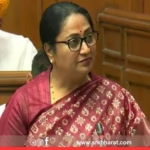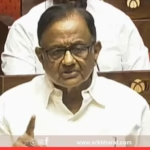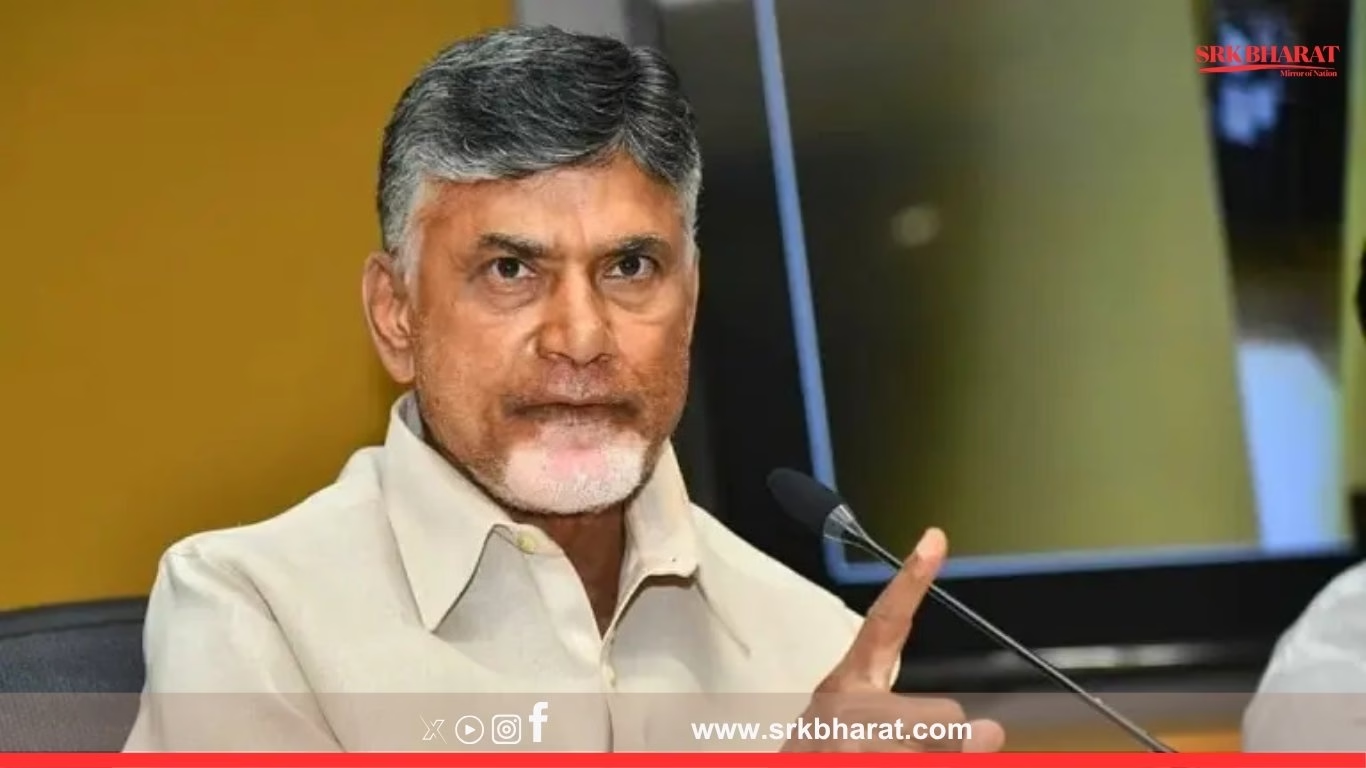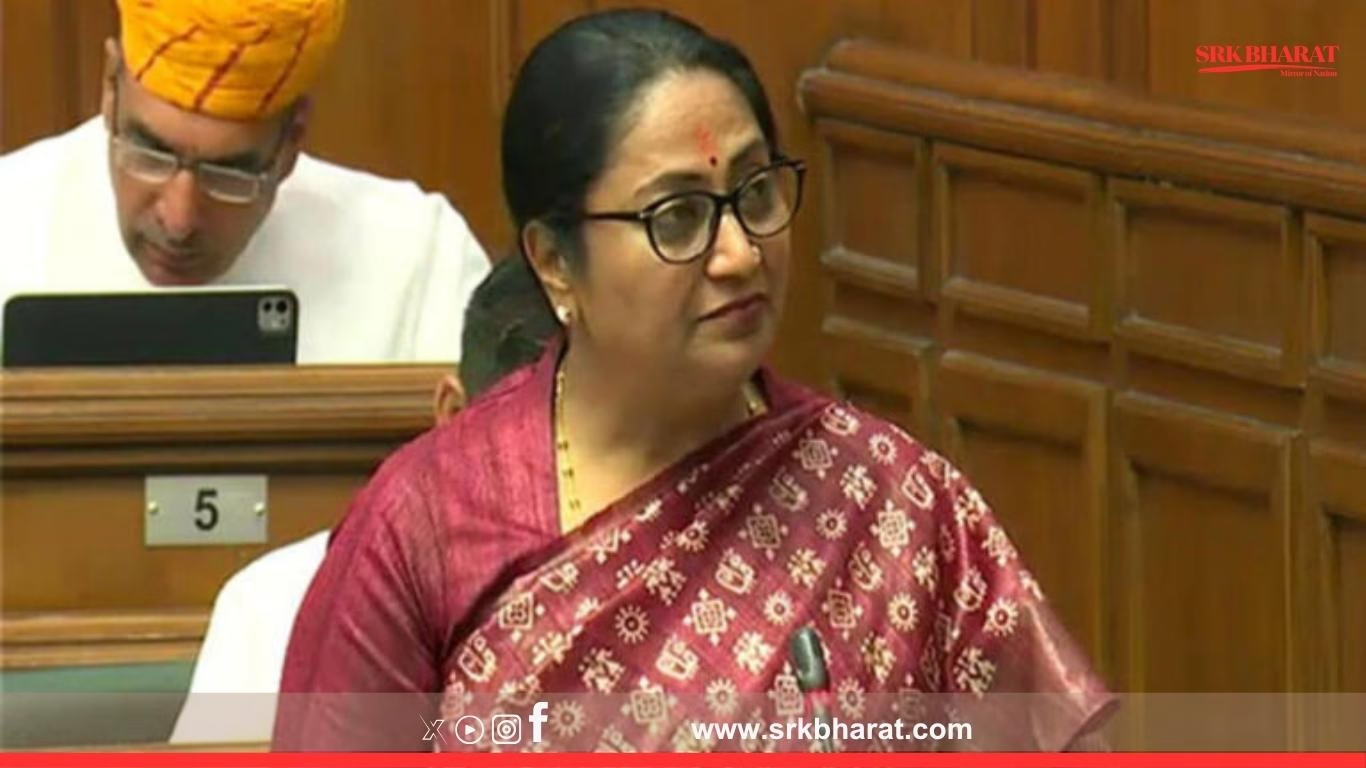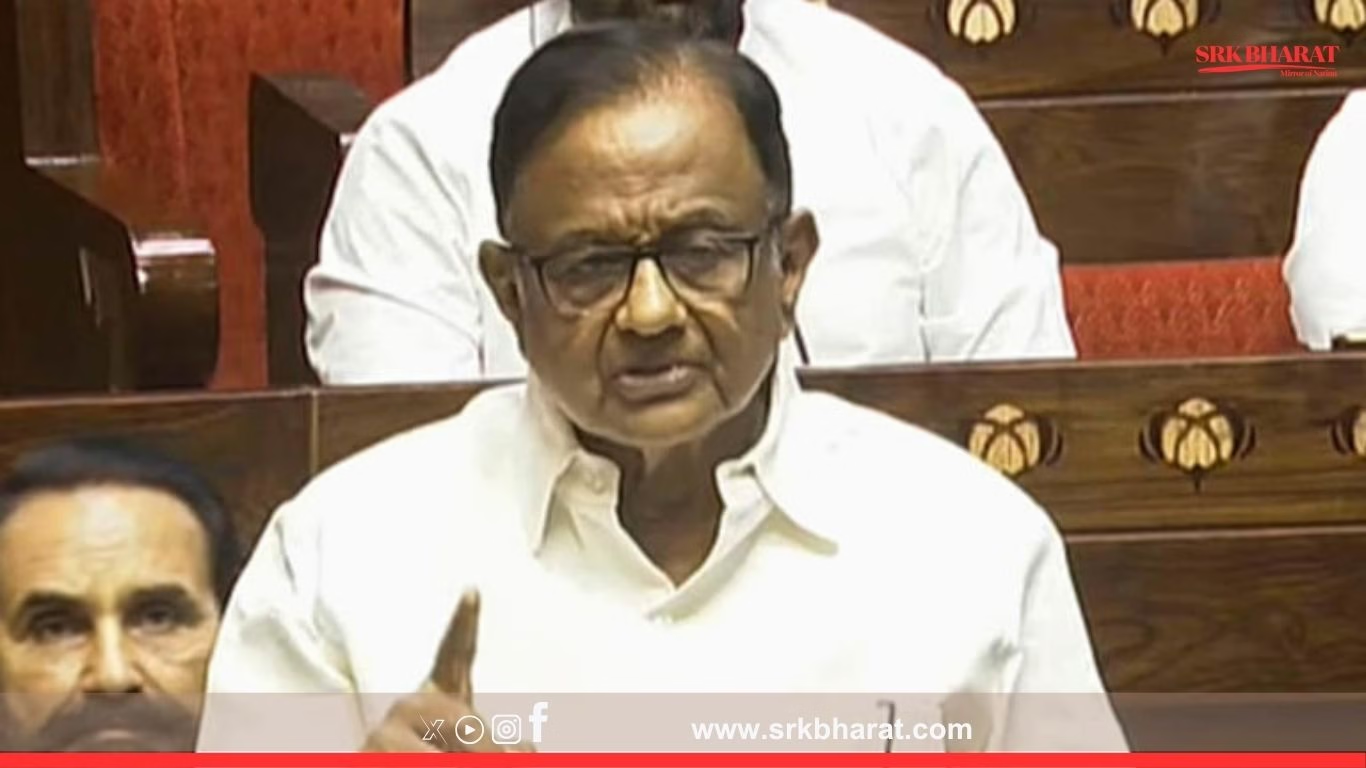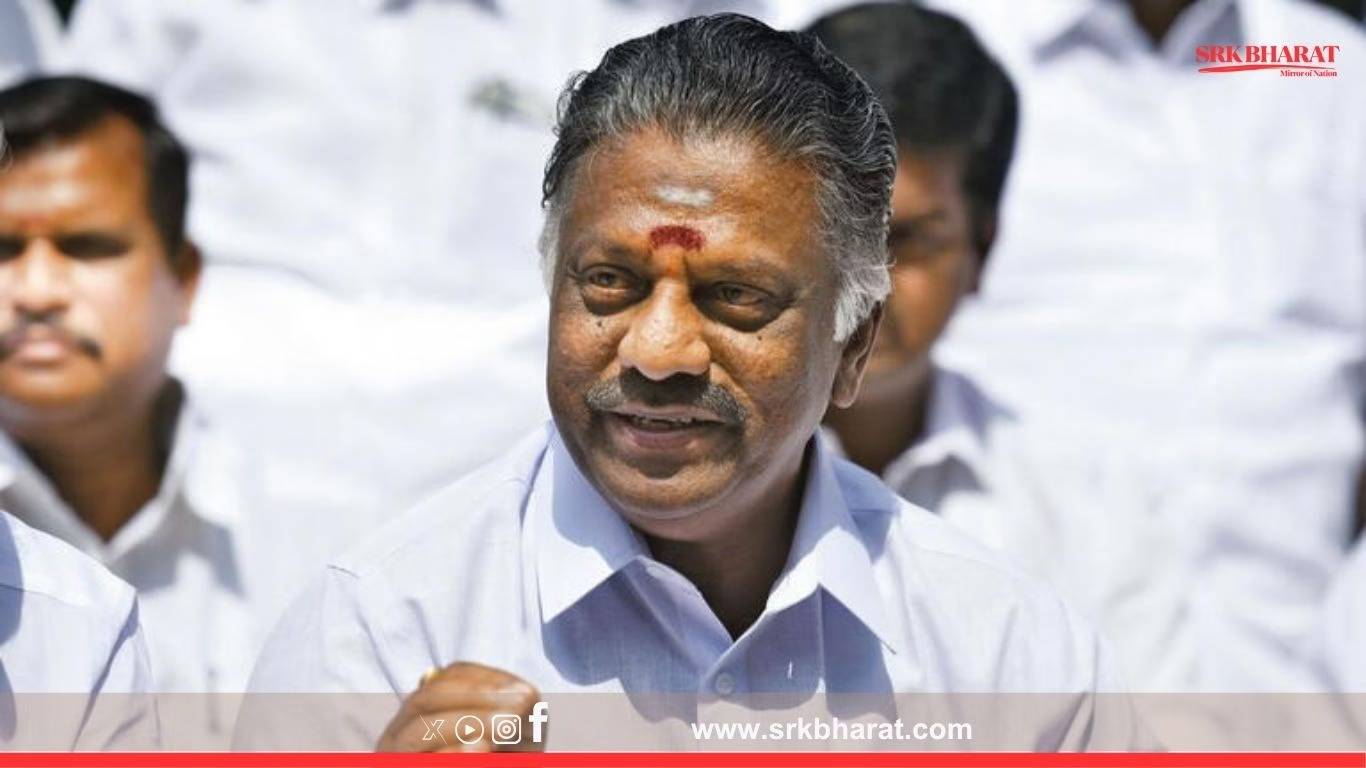In a decisive intervention during the peak of the monsoon season, Andhra Pradesh Chief Minister N. Chandrababu Naidu has called for the immediate diversion of surplus floodwater to the water-scarce Rayalaseema region. Chairing a high-level review meeting with the Water Resources Department in Amaravati, CM Naidu emphasized that several major reservoirs in the state are capable of holding more water and must be optimally utilised to ensure long-term drought mitigation in southern Andhra Pradesh.
The Chief Minister’s statement is in direct response to heavy inflows from the Krishna and Godavari rivers due to intense rainfall in upstream states. With floodgates being opened in major barrages to manage the overflow, Naidu directed officials to ensure that every drop of excess water is diverted through canal networks to reservoirs in Rayalaseema, thereby addressing a historic water inequity in the state.
Rayalaseema: From Drought to Water Resilience?
Rayalaseema, a chronically drought-prone region comprising the districts of Anantapur, Kadapa, Kurnool, and Chittoor, has long battled insufficient rainfall and irrigation infrastructure. Naidu highlighted that the current inflow surplus in Srisailam and Nagarjuna Sagar reservoirs, as well as the Polavaram backwaters, could be channelled to benefit Rayalaseema through existing canals and pumping schemes.
He instructed officials to activate and synchronise the Handri-Neeva Sujala Sravanthi (HNSS), Galeru-Nagari, and Veligonda projects to absorb floodwaters where feasible.
“Rayalaseema deserves more. We must act with urgency to turn this surplus into security for farmers,” Naidu said during the meeting, adding that the state’s inter-basin water transfer model must function round-the-clock until reservoir levels stabilize.
Reservoir Storage Capacity as of July 30
| Reservoir | Capacity (TMC) | Current Level (TMC) | % Filled | Potential for Diversion (TMC) |
|---|---|---|---|---|
| Srisailam | 215.81 | 185.2 | 85.8% | 30.0 |
| Nagarjuna Sagar | 312.05 | 256.7 | 82.2% | 55.0 |
| Kandaleru (Nellore) | 68.03 | 48.1 | 70.7% | 10.0 |
| Mylavaram (Kadapa) | 9.96 | 3.9 | 39.1% | 6.0 |
| Somasila (Nellore) | 78.0 | 50.2 | 64.3% | 20.0 |
Data provided during the AP WRD review meeting
CM Naidu noted that reservoirs in Rayalaseema such as Mylavaram, KC Canal, and Gandikota have significant capacity left and can accommodate diverted flows, thereby preparing for dry spells in the coming rabi season.
Operationalising the Canal Network: Challenges & Action Plan
The CM acknowledged several issues delaying real-time water diversion:
- Canal desilting backlogs
- Unfinished pumping stations and electrical connections
- Outdated telemetry and flow monitoring systems
- Lack of automation in reservoir gate management
To address these, Naidu issued immediate directives:
- Deploy 24×7 monitoring teams across flood-hit and target reservoir zones
- Complete pending canal reinforcement and motor pump installations in Rayalaseema within 10 days
- Launch a live data dashboard for reservoir levels, canal discharge, and flow patterns across river basins
- Enable remote gate operations in coordination with the State Disaster Management Authority (SDMA)
Inter-Basin Diversion Blueprint
| Source Basin | Target Basin/Region | Diversion Route | Estimated Transfer (TMC) |
|---|---|---|---|
| Krishna (Srisailam) | Penna (Rayalaseema) | HNSS Phase 1 & 2 | 18 |
| Godavari (Polavaram) | Penna | Polavaram–Right Canal–Veligonda Link | 22 |
| Tungabhadra (Kurnool) | KC Canal | Tungabhadra Low-Level Canal | 5 |
The inter-basin strategy, if executed within the peak monsoon window, could divert up to 45 TMC of floodwater—sufficient to irrigate nearly 4 lakh hectares of farmland and serve over 1,000 drinking water tanks across Rayalaseema.
Farmers and Experts Welcome the Move
Farmer organisations in Anantapur and Kadapa have lauded the CM’s proactive steps. S. Ramesh Reddy, a groundnut farmer near Kalyandurg, stated:
“For decades we’ve heard promises. If this water reaches our tanks, we can survive without debt this season.”
Irrigation experts also supported the redirection initiative. Prof. R. Raghunatha Rao, a hydrology researcher, said:
“This monsoon’s surplus offers a golden chance to address decades-old inter-regional disparities. But execution speed and transparency are crucial.”
Long-Term Vision: ‘One State, One Water Grid’
Chief Minister Naidu also floated the concept of a statewide water grid, inspired by his earlier grid-based models in power and fiber optic sectors. The grid aims to:
- Interconnect rivers through gravity and lift channels
- Ensure equitable distribution to all drought-prone zones
- Digitally monitor and automate all reservoir and canal discharges
- Implement seasonal water banking through tank rejuvenation
He emphasized that water must be seen as “a shared state asset, not a regional right”—urging political unity and administrative diligence in implementing the vision.
Political Undertones and Opposition Response
While the announcement received public praise, opposition parties have questioned the timing of the move. YSR Congress Party leaders alleged that such initiatives were already underway during their tenure and that the TDP government was rebranding old projects.
However, TDP countered with data showcasing prior delays and lack of urgency under the previous regime. “We’re not just planning—we’re executing. That’s the Naidu difference,” said a senior official in the CM’s office.
Expected Outcomes of Diversion Plan
| Parameter | Estimated Impact |
|---|---|
| Groundwater recharge | +15% in Rayalaseema tank zones |
| Agricultural land coverage | +3.8 lakh hectares during rabi |
| Drinking water tank refilling | 1,050+ rural tanks across 4 districts |
| Drought mitigation (2024–25) | High probability of water security till next June |
| Power demand for lifts | Approx. 210 MW for full pumping scheme activation |
Naidu also stressed energy coordination with APTRANSCO to ensure uninterrupted power supply for the lift irrigation stations.
Conclusion
Chief Minister Chandrababu Naidu’s directive to divert surplus monsoon waters to Rayalaseema marks a pivotal moment in Andhra Pradesh’s water policy. With reservoirs brimming and canals being revived, the promise of equitable distribution appears within reach—provided bureaucratic inertia and technical bottlenecks are swiftly tackled. If implemented efficiently, this strategic redistribution could redefine water equity in the state and set a precedent for inter-basin transfer systems across India.
Disclaimer: This article is for informational purposes only. The data, statements, and plans mentioned are based on available official briefings and subject to change based on administrative, environmental, and political developments.



